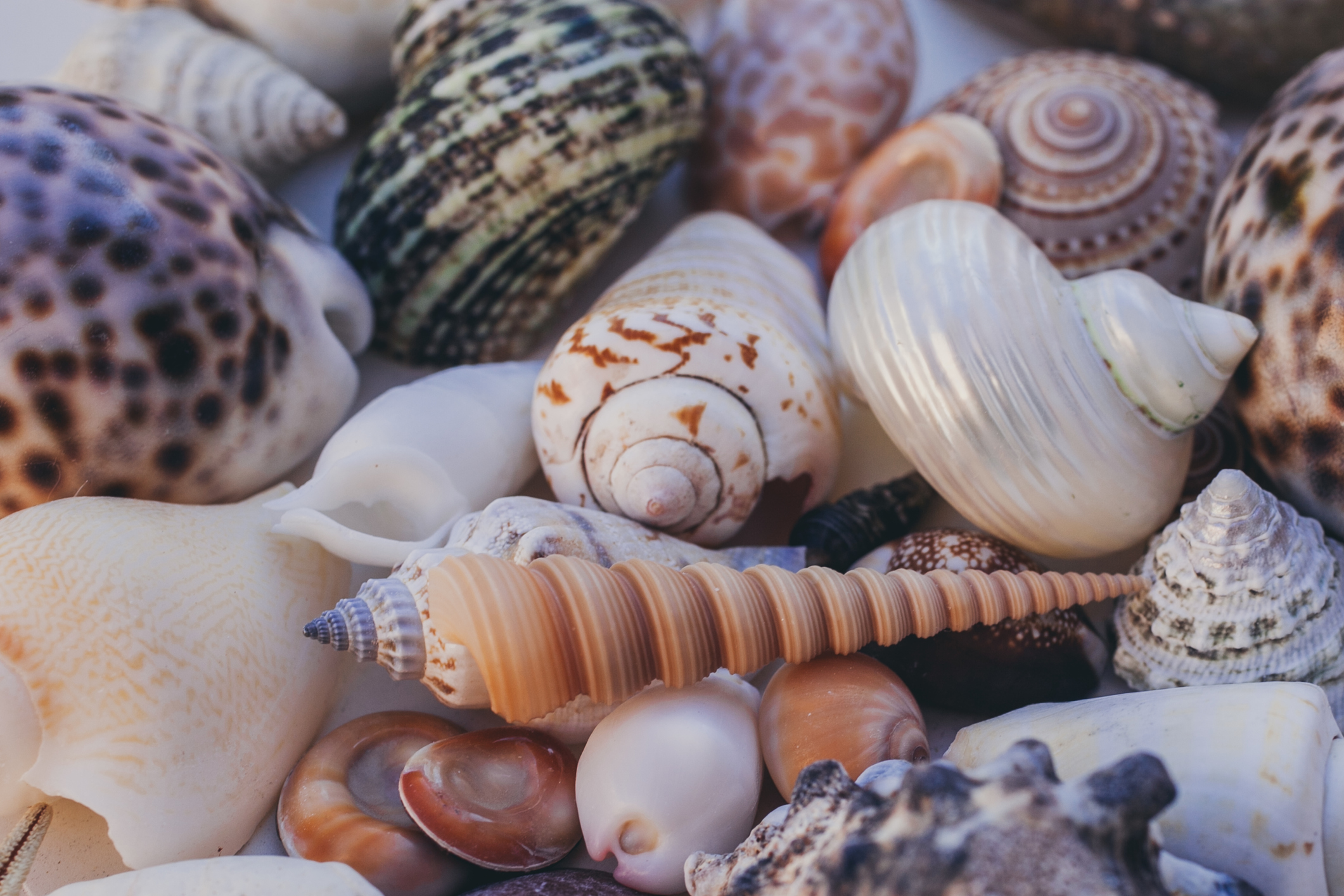
Pawleys Island Nature: A Shell Guide
Aside from the low-key atmosphere, the beach is perhaps the number one attraction here in Pawleys Island. Those who visit the beach often like to spend time sifting through the sand to find shells that they can take home as a memento from their favorite southern vacation destination.
Shells can usually be found any time of the day, but the best time to search for pristine ocean treasures is during low tide or right after a large storm. And, since Pawleys Island is a less-populated area than Myrtle Beach, visitors tend to find more shells on our quiet beach than near the high-rise hotels in the city.
But what exactly are the shells that we find along the coast of Pawleys Island? We put together this guide to the shells in Pawleys Island so that our visitors can learn more about the shells they find along our shore:
Note: please put live starfish, live sand dollars, and shells with live animals still inside of them back into the ocean.
Atlantic Moon Snail Shell
Imagine what a snail shell looks like –and you’ve more or less pictured an Atlantic Moon Snail Shell! This spherical shell houses a predator that makes a hole through the shell of its prey and sucks out the body. These shells are often a grey or tan color on the outside and a dark blue or purple on the inside.
Banded Tulip
The Banded Tulip shell is easy to spot as it is spindle-shaped and features stripes around its body. These shells are cream-colored with streaks of pink and white. The Banded Tulip shell is home to a black snail that, much like the Atlantic Moon Snail, uses its tongue to drill a hole in the shell of its prey. The Banded Tulip can reach a length of up to four inches. Surprisingly, the snail that lives inside the Banded Tulip shell is edible and is said to taste similar to conch or whelk meat.
Calico Scallop
The Calico Scallop is quite a common find along the beach of Pawleys Island. These fan-shaped shells are usually about three inches wide and feature colors like brown, red, and maroon on a off-white colored background. Calico Scallops are bivalve (two-shell) mollusks that can live to be anywhere from 18-24 months. Their maximum shell heights are around 1.6 – 2.4 inches.
Coquina Clams
If you tend to sit down by the water and dig up wet sand, chances are you’ve seen a live Coquina Clam in action. These small, smooth shells are usually less than one inch long and can be found in an array of colors such as purple, pink, blue, and yellow. Live Coquina Clams can be seen burrowing into the sand down by the shoreline. These clams have short siphons that allow them to feed on plant material.
Heart Cockles
While Heart Cockles may usually look like half of a heart when found, these shells like look a whole heart shape when they are still joined. These fan-shaped shells are quite common and can be anywhere from 3-5 inches wide. They are typically white or yellow on the outside with a rose-colored interior. Don’t confuse these with scallop shells, as they are quite similar in appearance!
Jingle Shells
Jingle Shells are called Jingle Shells because, well, they jingle when they jostle together in your pocket or strung as a decoration such as a wind chime! These shells are usually brown, gold, silver, or yellow in color and are quite common. The Jingle Shell is 1-3 inches in diameter and is often referred to as “Witches Toenails” or “Toenail Shells” due to their appearance.
Lettered Olive
The Lettered Olive was deemed the state shell of South Carolina back in 1984, and for good reason. This shell is one of the most common finds along the Grand Strand! Pawleys Island beachgoers can identify this shell by its cylindrical shape. The shell is smooth, shiny, and usually has brown markings. The Lettered Olive is a carnivore that captures bivalves and small crustaceans. It uses its foot to drag these creatures below the surface to eat.
Whelk Shells
These shells are often confused as conch shells as they have similar shapes. However, Whelks and Conchs are different as Whelks are carnivores that feed on bivalves and dead animals, while conchs are herbivores that feed on algae and other plant life. Whelks crawl around the ocean floor much like a snail. If you happen to come across one of these shells with a creature still inside, it is likely still alive and should be returned to the ocean right away.







